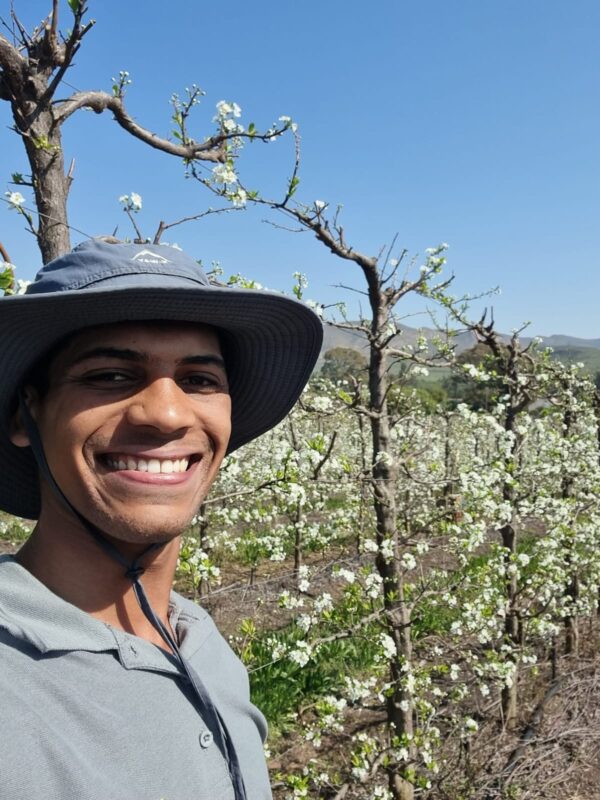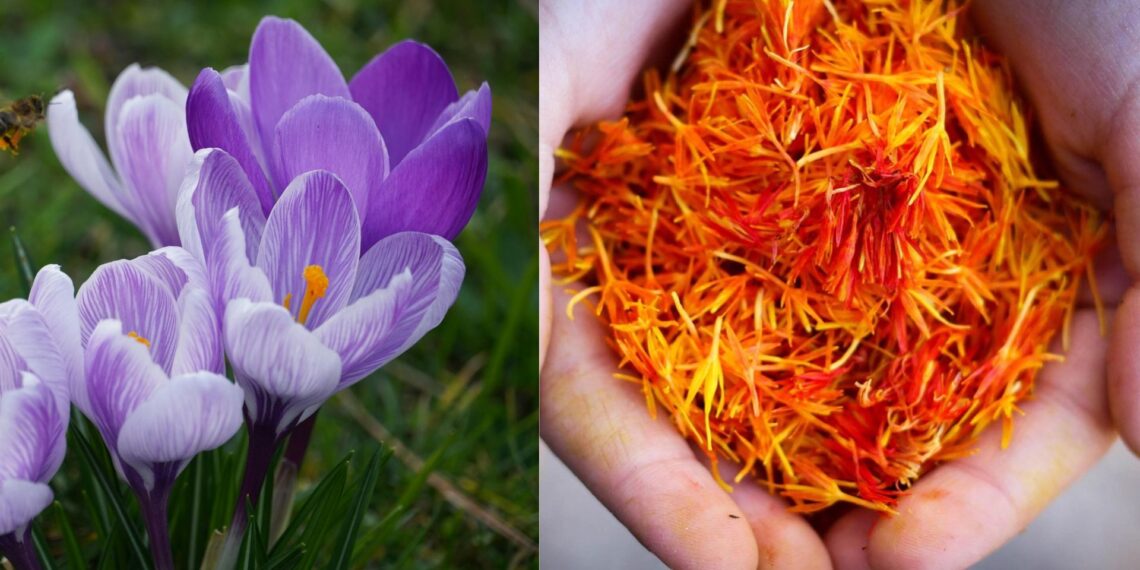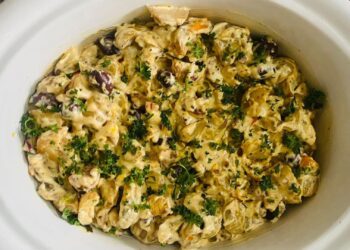Saffron may be valuable, but it’s worth every rand. Known as the “red gold” because it is the most expensive and delicate spice in the world, saffron is attracting growing attention in South Africa for its rich flavour and health benefits.
From backyard gardens to small-scale farms, saffron shows real promise when grown under the right conditions, making it a crop to watch in Mzansi.
Health and wealth
Bulelwa Ngcangatha from the department of agriculture in the Eastern Cape says saffron (Crocus sativus) is a plant whose dried, thread-like parts of the flower (stigmas) are used to make saffron spice, food colouring, and medicine.
Ngcangatha, a production scientist with a master’s in chemistry, explains that saffron has the following health benefits:
- Crocetin, a powerful antioxidant found in saffron, is recognised for its cancer-preventive, memory-enhancing, and heart-protective properties.
- Safranal is a volatile compound that gives saffron its distinct aroma and is associated with potential anti-inflammatory, asthma, hypertension, and cancer prevention properties.
- Saffron is believed to increase serotonin levels in the brain, which can help regulate mood, sleep, and appetite. It could contribute to improved motivation and reduced lethargy.
Growing saffron
If you are looking for a new crop to grow or a future investment, saffron offers remarkable potential.
Saffron thrives in cold winters with relatively low rainfall and dry, hot summers. According to Astin van Schalkwyk, a junior agronomist from Grassy Park, Cape Town, the best season to grow it in Mzansi is from April until November.

He tells Food For Mzansi that in South Africa, the most suitable areas include the Sandveld region of the Western Cape and the Karoo region between Calvinia and Williston in the Northern Cape. “The Klein Karoo might offer potential, too,” he adds.
Soil preparation
Soil preference plays a vital role. “Saffron prefers well-drained, sandy or loamy soils. With a light to moderate soil texture.”
Van Schalkwyk notes that the soil must remain dry during the summer dormancy period to prevent corm rot. “The ideal soil pH for saffron is between 6–7.5.”
He advises growers that soil preparation before planting in the ground is key:
- For heavy clay soil, amend it with coarse sand or plenty of bulky organic matter such as compost or fine wood chips.
- Work the topsoil to a depth of 15–20 cm to aerate it and encourage corm rooting.
- Incorporate compost or worm castings, along with phosphorus, into the soil.
Related stories
- SA saffron gets thumbs up from top retailer
- Farming with saffron in South Africa: Here’s how you do it
- Pumla brings food to life with herbs and spice
- Spice up your life with atchar, the hottest pickle in town
Van Schalkwyk says for those growing in pots, large containers may be used. Create a well-draining soil medium using coco peat and perlite (30% peat, 40% perlite, and 30% gravel or coarse sand), or a mix of coarse sand and fine wood chips.
“Use worm castings or liquid fertiliser to promote and maintain growth.”
He further explains that as a flowering plant, saffron requires gentle maintenance such as regular watering, weeding, pest control, fertilisation, and lifting and replanting.
Your saffron planting guide
Van Schalkwyk says growing healthy saffron starts with proper care:
Watering: Water after planting. Keep soil moist during growth, but reduce watering after flowering. During dormancy, dry soil is safer. Rainfall is usually enough.
Weeding: Remove weeds regularly.
Pest control: Watch out for moles and root diseases.
Fertilising: Apply diluted fertiliser when leaves appear. Let leaves die down naturally to feed next season’s corms.
Lifting and replanting: Every three to five years, dig up and divide corms to prevent overcrowding and boost flowering.
“Saffron usually matures and produces flowers six to eight weeks after planting. The flowering period usually occurs in autumn (around October–November in South Africa) and lasts for about three weeks.”
Harvests improve after two to three years, he says. “The saffron plant follows a similar growing pattern to garlic or onions, but not as intensive.”
Container growing: Saffron grows well in pots and small spaces, ideal for beginners. Use containers with good drainage. Place in full sun, especially in autumn. Keep the soil moist, but be careful not to overwater during dormancy.
Use organic sprays to manage pests. In very cold areas, move pots indoors during dormancy to avoid freezing.
Processing saffron
The most common methods for processing saffron after harvest focus on drying to reduce moisture content and preserve quality, according to Ngcangatha.
She says these methods include traditional sun-drying, shade drying, and oven drying, as well as newer techniques like infrared, microwave, and electric oven drying.
“Proper drying is crucial for preventing spoilage and maintaining the saffron’s colour, aroma and flavour.”
Bulelwa Ngcangatha
Ngcangatha says farmers could provide training on proper saffron harvesting, drying and storage techniques to ensure high-quality raw material.

Some farmers are already blending saffron with other ingredients. “Smallholder farmers and cooperatives can participate in value-added saffron products like tea blends, skincare items and supplements,” she says.
Market potential
Ngcangatha notes that Mzansi has a relatively small local market for saffron, with many consumers unfamiliar with the spice. However, experts say it is a high-value crop with low infrastructure and labour costs.
“A key factor in expanding the local market is increasing consumer awareness and understanding of saffron’s uses and benefits.
“South Africa has the potential to become a significant player in the international saffron market, with some of the saffron grown locally already being exported.”
To meet growing demand both locally and internationally, she reckons that South Africa needs to focus on increasing production and establishing reliable supply chains.
ALSO READ: Recipe: Saffron risotto with veal stew

















